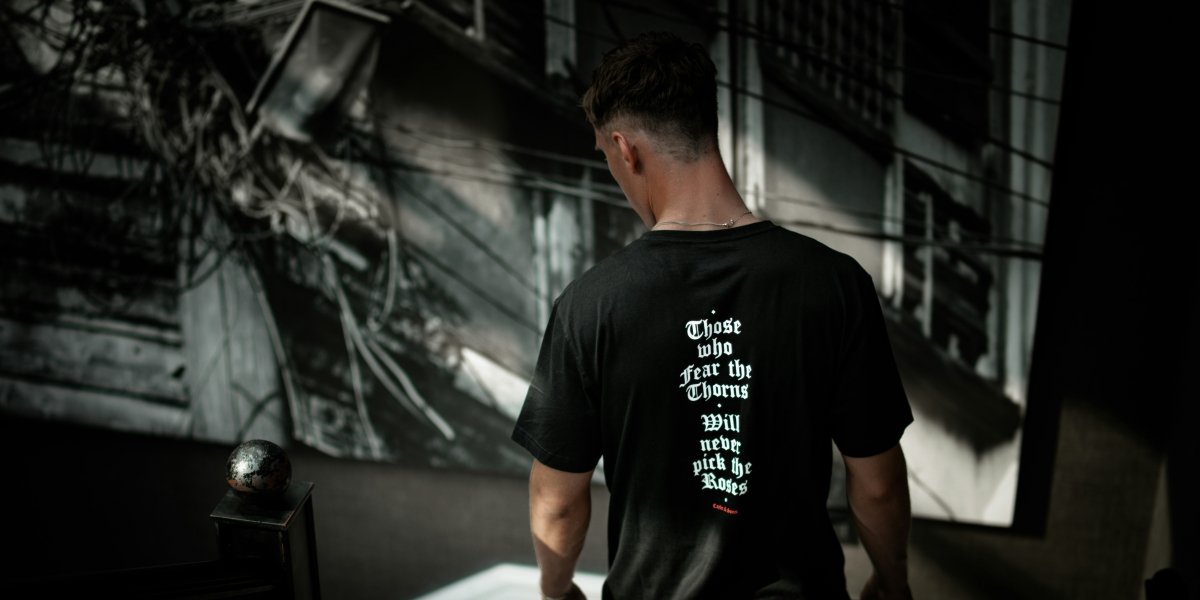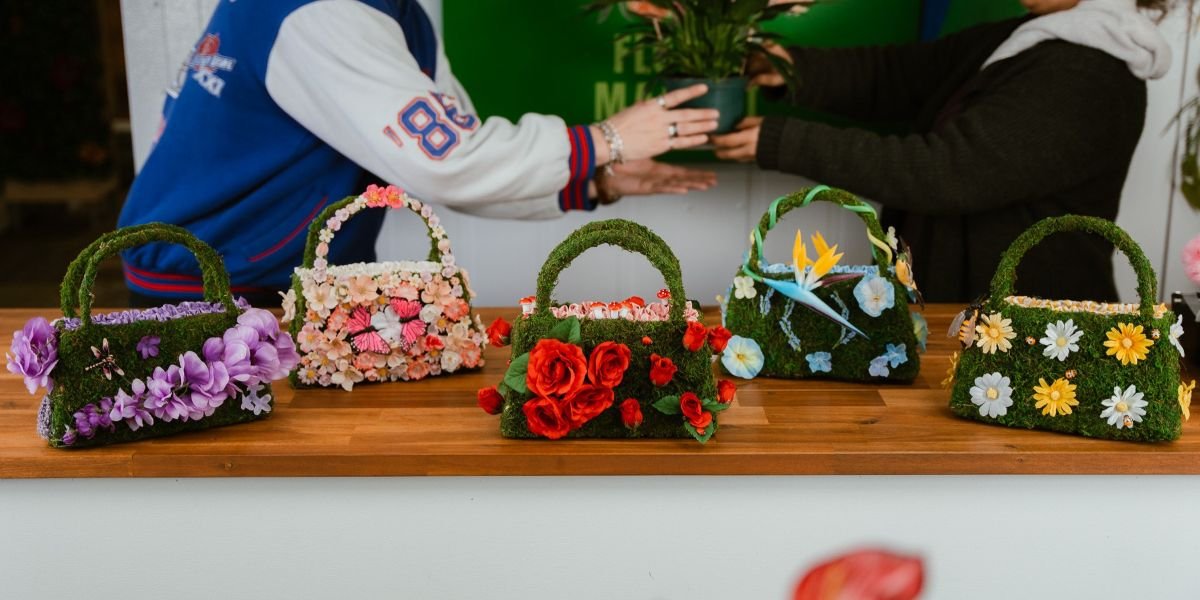By: Shawn Mars
Interviewer: Feng Jiaming, thank you for taking the time to sit down with us today. Your career as a curator has been both impressive and impactful. Could you start by sharing a bit about your journey and what led you to the world of art curation?
Feng Jiaming: Thank you for having me. My journey into art curation started with a deep passion for both art and design. I have always been fascinated by the intersection of these two fields. After completing my Master’s degree at New York University, I began to explore ways to combine my interests in business, art, and design. This led me to found Beijing Fengtang Sports Culture Media Co., Ltd., where I could pursue my vision of curating art exhibitions that blend commercial viability with artistic innovation. Over the past nine years, I’ve had the opportunity to curate numerous exhibitions across China and internationally, working with a variety of artists and enterprises.
Interviewer: Your ability to blend art, business, and design seems to be a hallmark of your work. How would you describe your curatorial approach, and what sets it apart from more traditional methods?
Feng Jiaming: My approach to curation is centered around the idea of creating personalized, impactful exhibition experiences. It’s not just about showcasing art—it’s about creating an environment where the art and the audience can engage in a meaningful way. I strive to go beyond traditional exhibition methods, incorporating modern design elements and interactive features. I also think it’s important to integrate business concepts into curatorial work. Art exhibitions can be financially sustainable while still maintaining their artistic integrity. I use my experience in commercial brand design to plan exhibitions that are both visually captivating and commercially viable. This integration of art, design, and business is what I believe sets my approach apart from more traditional curatorial practices.
Interviewer: Your background is certainly unique, with a strong foundation in both business and art. Can you tell us how your experience as a commercial designer has influenced your work as a curator?
Feng Jiaming: My experience in commercial brand design has been incredibly influential. It has taught me the importance of creating a cohesive narrative and visual experience that resonates with the audience. This goes beyond just the artwork itself—it involves thinking about the space, the layout, the lighting, and how all these elements work together. I also apply the same principles of business innovation that I used in brand design to curating art. For example, I focus on finding ways to make exhibitions more interactive and engaging for diverse audiences, aiming to create an experience that feels dynamic and cohesive. Commercial design has given me the skills to not only plan the artistic aspect of an exhibition but also to consider its commercial potential, which is key in today’s art world.
Interviewer: You’ve curated a number of significant exhibitions, such as the New Year’s Eve Promise of Harmony and Togetherness exhibition and the Heavy Color Mahaana exhibition exhibitions. What has been one of your most memorable or challenging curatorial projects so far?
Feng Jiaming: Every exhibition has its own unique challenges and rewards, but one of the most memorable for me was the Heavy Color Mahaana exhibition in Jingdezhen. It was held at the Changnan Liyu Jue Ceramic Intangible Cultural Heritage Base, and it showcased the work of Mr. Zhan Naiming. This exhibition was a significant moment for me because it combined traditional ceramic art with modern curatorial practices. Jingdezhen is known for its rich ceramic heritage, and curating an exhibition in such a culturally significant location requires a careful balance between preserving tradition and presenting something innovative. It was a rewarding experience to work with the artists and collaborate with the space, and it allowed me to explore how we can blend cultural heritage with contemporary art.
Interviewer: That sounds like an incredible experience. Another notable project you’ve worked on is the Various Ceramic Art Boutique—Hohhot Exhibition, which will take place in Inner Mongolia. How do you approach curating exhibitions with such a wide variety of artists and mediums?
Feng Jiaming: The Various Ceramic Art Boutique exhibition is particularly exciting because it features a diverse range of artists, each with their own unique style and approach to ceramic art. When curating an exhibition like this, it’s important to create a space where the diversity of the work can be showcased without overwhelming the audience. I focus on finding common threads that tie the pieces together, whether that’s a shared theme, technique, or cultural context. The key is to create an exhibition where each piece can stand on its own while also contributing to a larger conversation. This is a delicate balancing act, but it’s what makes such exhibitions so dynamic and engaging for the audience.
Interviewer: It’s clear that you approach curating with a great deal of thought and intention. You’re also planning several future exhibitions, including the Silk Road Porcelain Language—Master Ceramic Art Boutique Exhibition in Xi’an. What are you most excited about for these upcoming projects?
Feng Jiaming: I’m particularly excited about the Silk Road Porcelain Language exhibition because it brings together artists who are not only masters of their craft but also represent different aspects of the Silk Road’s rich cultural history. This exhibition will highlight how porcelain, as both an art form and a cultural symbol, connects different regions and histories. I’m looking forward to creating a space where the audience can experience the rich history and artistry of the Silk Road in a new and modern way. Exhibitions like this are a chance to foster cultural dialogue and celebrate the global nature of art, and I’m thrilled to be part of that process.
Interviewer: Your work is clearly at the forefront of modern curatorial practices, blending contemporary art with cultural heritage and commercial design. How do you see the future of art curation evolving, and what role do you hope to play in that evolution?
Feng Jiaming: The future of art curation is incredibly exciting. I think we’ll continue to see more exhibitions that integrate modern technology, design, and interactive elements. I also believe there will be an increasing focus on making art more accessible to a global audience, both in terms of physical exhibitions and virtual experiences. As a curator, I hope to continue pushing the boundaries of what an exhibition can be, challenging traditional norms, and finding new ways to engage with the audience. I want to create spaces that not only showcase art but also foster meaningful conversations and connections between the artwork, the artists, and the audience.
Interviewer: Feng, thank you so much for sharing your insights. Your work is truly inspiring, and we look forward to seeing how you continue to shape the future of art curation.
Feng Jiaming: Thank you for having me. It’s been a pleasure to discuss my work, and I’m excited about what the future holds for both the art world and my own curatorial journey.
Published by Iris S.










